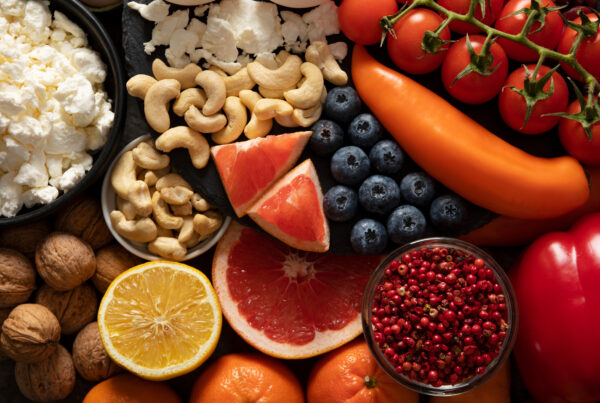Looking to boost your protein intake the plant-powered way? India’s kitchens are packed with affordable, delicious, and nutrient-rich plant-based protein foods. Whether you’re a fitness enthusiast, a vegetarian, or just curious about healthier eating, these options are worth adding to your plate!
1. Horse gram (kulthi dal)
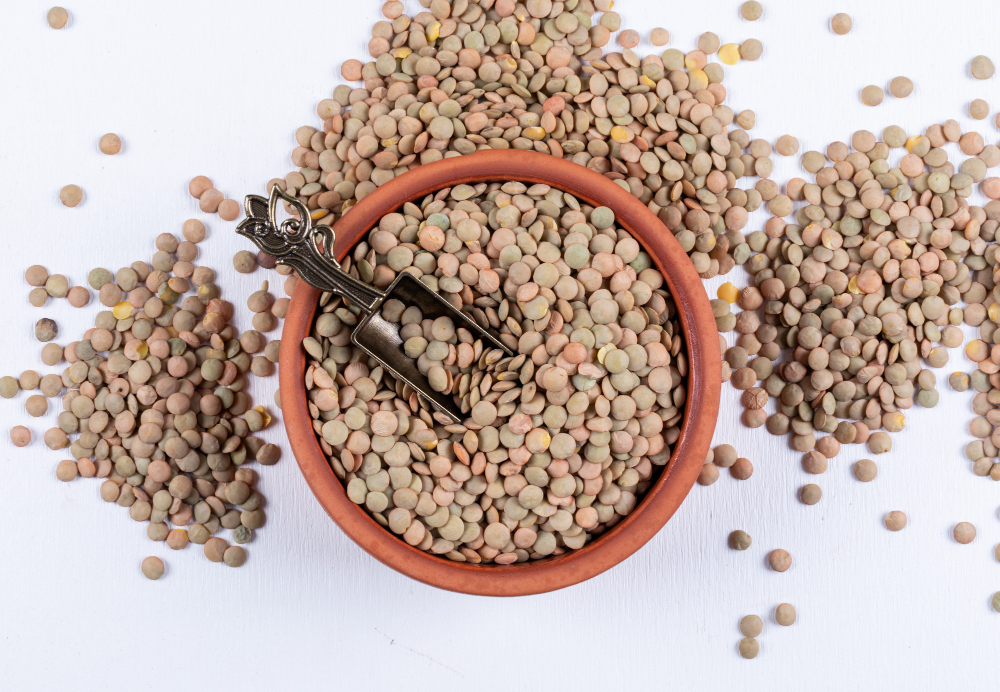
The Nutrient-Dense Indian Super Pulse
Horse gram (Kulthi Dal) is a protein-rich Indian pulse, packed with iron, calcium, and fiber. It’s perfect for hearty dals or soups, supports digestion, and boosts energy—making it a nutritious addition to any plant-based diet.
- Protein Content: ~22g per 100g
- Why Try: This rural superfood is gaining urban popularity for its energy-boosting and digestive benefits. Use it in curries or salads.
2. Bengal gram (chana dal)
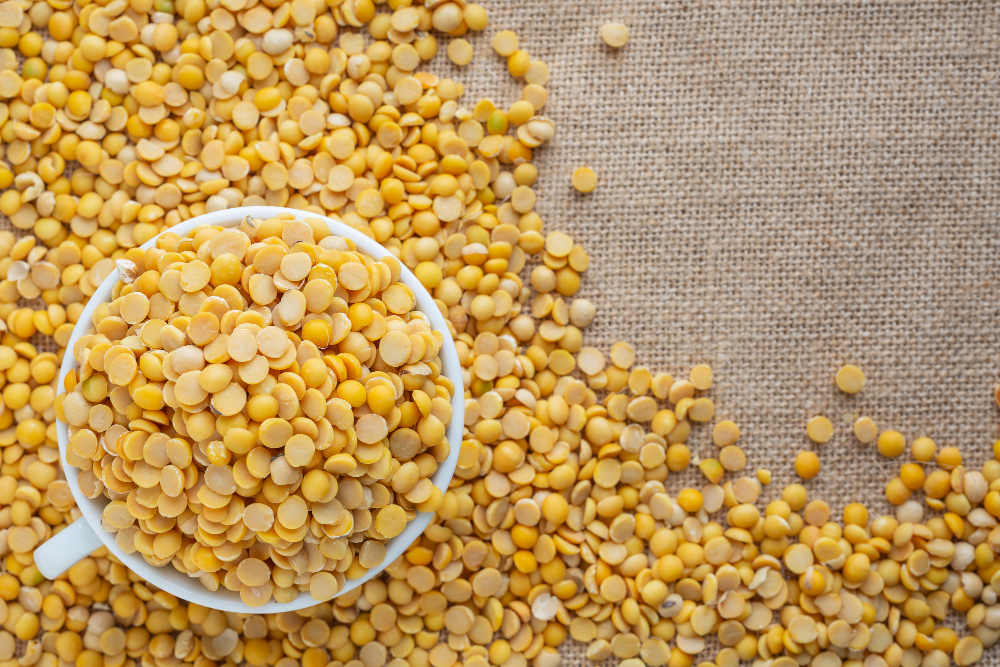
Bengal Gram : The Yellow Protein Powerhouse
Bengal gram (chana dal) is a protein-rich, fiber-packed pulse that supports energy and digestive health.
Per 100g (general values):
- Calories: ~350 kcal
- Protein: 22g
- Carbohydrates: 60g
- Fiber: 12g
- Iron: 25% DV
3. Avocado (butter fruit)
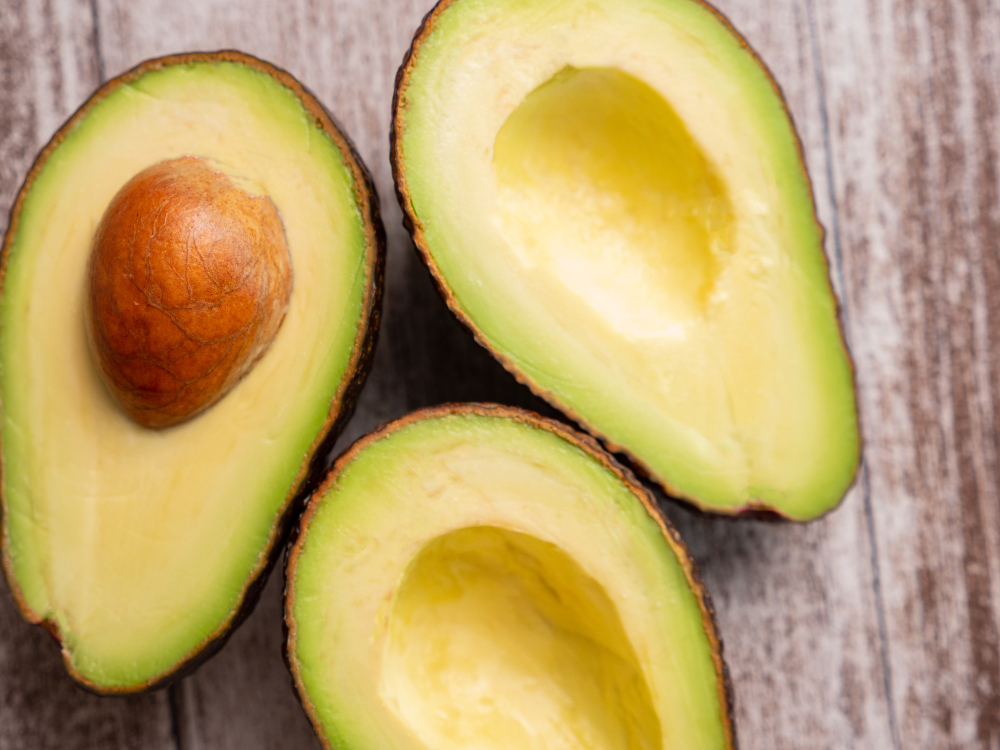
Avocado : The Creamy Nutrient-Rich Fruit
Avocado is a high-fat, nutrient-dense fruit packed with healthy fats, fiber, and vitamins.
Per 100g (general values):
- Calories: 160 kcal
- Protein: 2 g
- Carbohydrates: 8.5 g
- Fiber: 6.7 g
- Total Fats: 14.7 g (mostly monounsaturated)
4. Amaranth (rajgira)
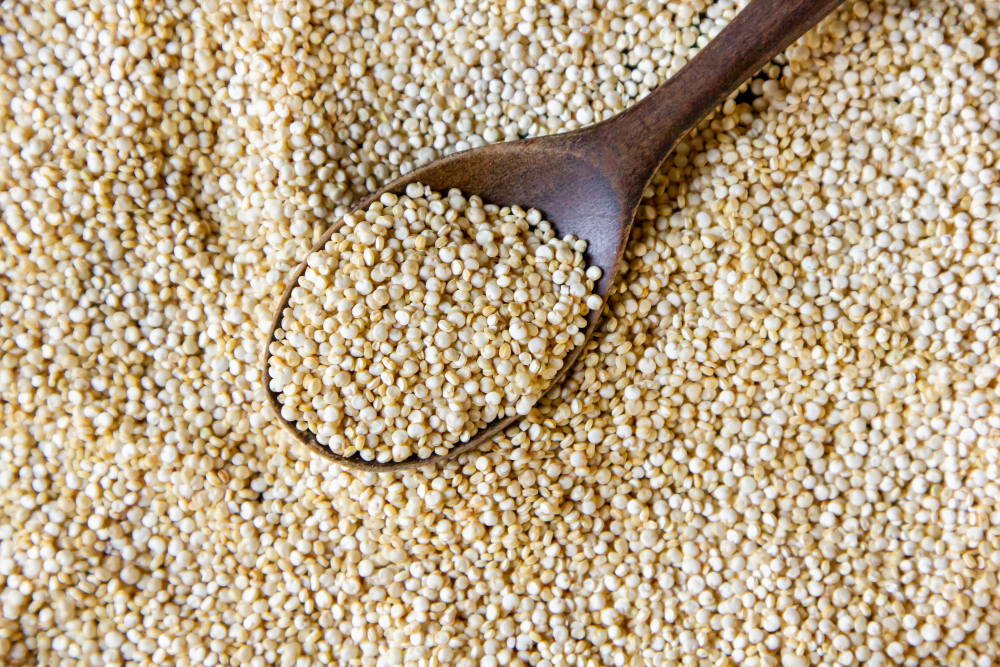
Amaranth (Rajgira): The Ancient Gluten-Free Supergrain
Amaranth is a protein-rich, gluten-free grain loaded with fiber, calcium, iron, and essential amino acids, supporting muscle growth, bone health, and digestion.
Per 100g (general values):
- Calories: ~370 kcal
- Protein: 13-15 g
- Carbohydrates: 60-65 g
- Fiber: 6-7 g
- Fat: 6-7 g
5. Green moong (whole moong dal)

Green Moong (Whole Moong Dal): The Nutritious Plant Protein
Green moong dal is a high-protein, fiber-rich legume that supports digestion, muscle health, and heart wellness.
Per 100g (general values):
- Calories: ~294 kcal
- Protein: 22.5 g
- Carbohydrates: 46 g
- Fiber: 17 g
- Fat: 1.1 g
6. Sattu (roasted chana flour)
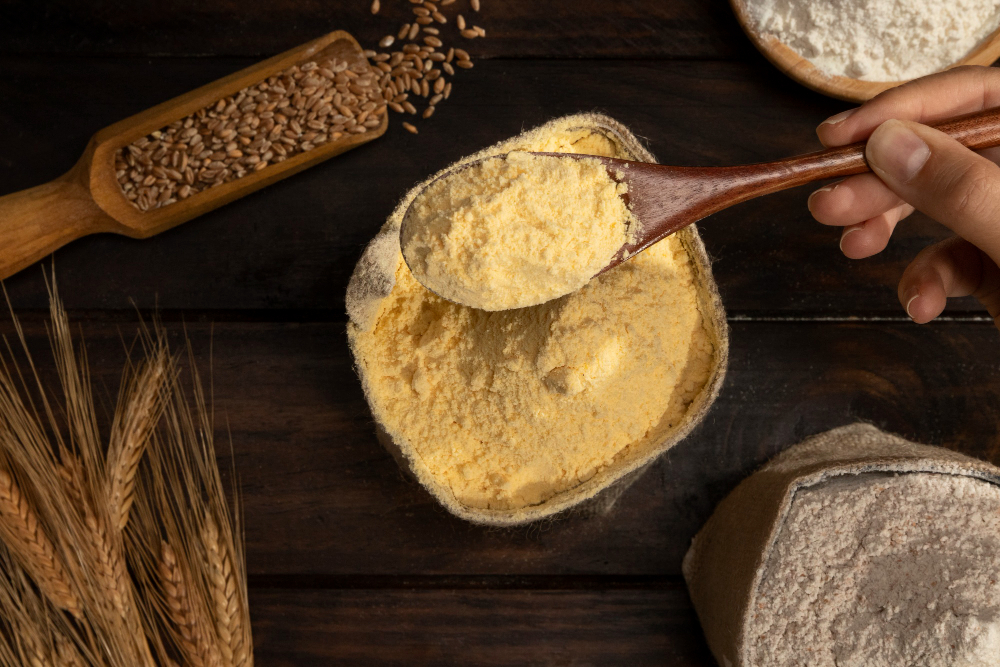
Sattu Nutrition: The Traditional Energy Booster
Sattu (roasted chana flour) is a protein-rich, high-fiber flour packed with essential minerals and sustained energy.
Per 100g (general values):
- Calories: ~350-413 kcal
- Protein: 20-22 g
- Carbohydrates: 55-64 g
- Fiber: 13-18 g
- Fat: 4-6 g
- Calcium: 70-119 mg
7. Soy chunks
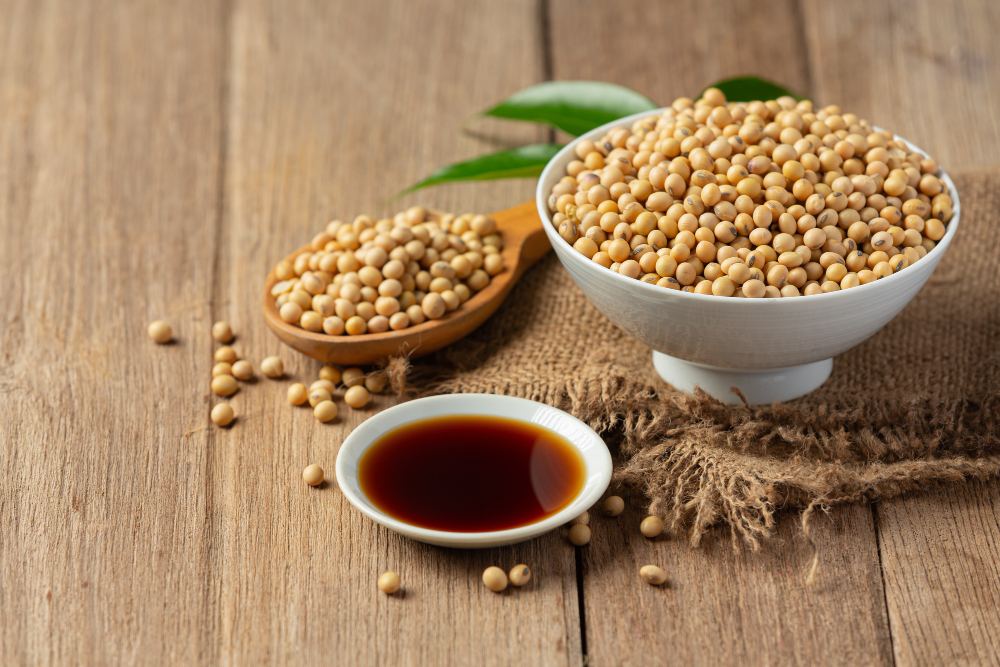
Soy Chunks: The High-Protein Plant Powerhouse
Soy chunks are an excellent source of plant-based protein. They support muscle building, weight management, and bone health, making them a top choice for vegetarians and vegans.
Per 100g (general values):
- Calories: 345 kcal
- Protein: 52 g
- Carbohydrates: 33 g
- Fiber: 13 g
- Fat: 0.5 g
8. Lotus seeds (makhana)
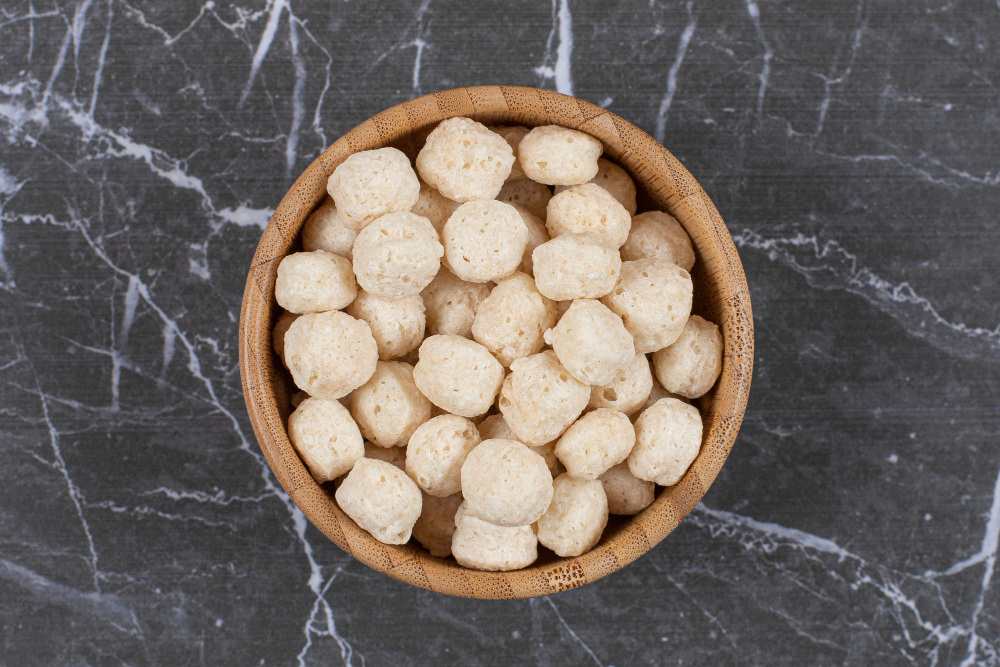
Soy Chunks: The High-Protein Plant Powerhouse
Lotus seeds, commonly known as makhana, are a light and crunchy superfood packed with protein, fiber, and essential minerals.
Per 100g (general values):
- Calories: 350–362 kcal
- Protein: 9.5–9.7 g
- Carbohydrates: 76–84.9 g
- Fiber: 7.6 g
- Fat: 0.1–0.5 g
What is the best plant-based protein food?
The best plant-based protein food is generally considered to be soybeans and soy-based products like tofu, tempeh, and soy chunks. Soybeans deliver about 28 grams of protein per cup and are a complete protein, meaning they provide all essential amino acids your body needs. Tofu and tempeh, made from soybeans, also offer high protein content—about 10–19 grams per 100 grams—along with important minerals like iron and calcium.
Other excellent options include seitan (about 25 grams per 100 grams), lentils, chickpeas, and kidney beans, but soy stands out for its protein density and amino acid profile. For those avoiding soy or gluten, lentils, beans, and nuts are also strong choices, though they may lack one or more essential amino acids and are best consumed in combination with other plant foods for a complete protein intake.
How to get 100g protein a day vegetarian?
- Plan Your Meals: Design each meal and snack to include a protein source such as lentils, beans, tofu, Greek yogurt, paneer, or eggs.
- Include Protein in Every Meal: Add high-protein foods to breakfast (e.g., Greek yogurt, eggs, or moong dal chilla), lunch (e.g., lentil soup, chickpea curry), snacks (e.g., roasted chana, nuts, or edamame), and dinner (e.g., tofu stir-fry, paneer curry).
- Combine Protein Sources: Pair foods like legumes with whole grains (e.g., dal with rice, hummus with whole wheat bread) to enhance the amino acid profile and overall protein quality.
- Prep in Advance: Cook batches of lentils, beans, or tofu and keep them ready for quick meals. Prepare snacks like roasted chickpeas or protein-rich overnight oats ahead of time for convenience.
- Track Your Intake: Use a food diary or nutrition food app to log your meals and ensure you’re consistently hitting your protein target.
- Adjust as Needed: If you’re not reaching 100g, increase portion sizes or add a protein shake or extra snack. If you feel too full, redistribute your protein sources more evenly throughout the day.
- Stay Consistent: Make these steps a daily habit and review your progress weekly, making adjustments based on your needs and preferences.
FAQs
How to get 70g of protein a day in Indian?
To get 70g of protein daily in an Indian vegetarian diet, include foods like dal, chickpeas, paneer, tofu, Greek yogurt, nuts, seeds, quinoa, and soya chunks in every meal and snack. Combine these sources for best results.
Which Indian vegetarian food has the highest protein?
Soybeans have the highest protein content among Indian vegetarian foods, providing about 28 grams of protein per cup. Soy-based products like soy chunks (36–40g per 100g), tofu (8–10g per 100g), and tempeh (19–20g per 100g) are also excellent high-protein options.
Which dal has the highest protein?
Urad dal (black gram) has the highest protein content among Indian dals, providing approximately 25–26 grams of protein per 100 grams. It is followed closely by moong dal (24g), masoor dal (23–24g), and chana dal (21g).
Are oats full of protein?
Oats are a good source of plant-based protein, containing approximately 10.7 to 16.9 grams of protein per 100 grams, which is higher than most other grains. They also provide fiber, vitamins, and minerals, making them a nutritious choice for muscle repair and sustained energy.
How much protein is in one egg?
One average-sized egg contains about 6–7 grams of protein, with the exact amount depending on the egg’s size. Both the egg white and yolk contribute to the total protein content, making eggs a complete protein source.


